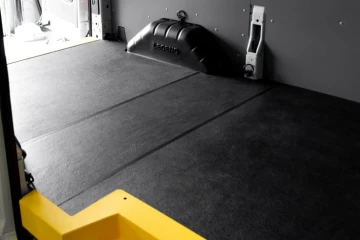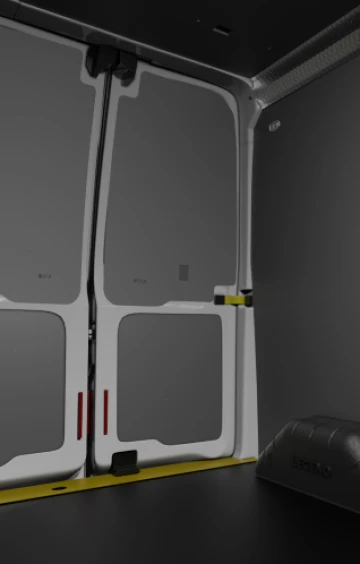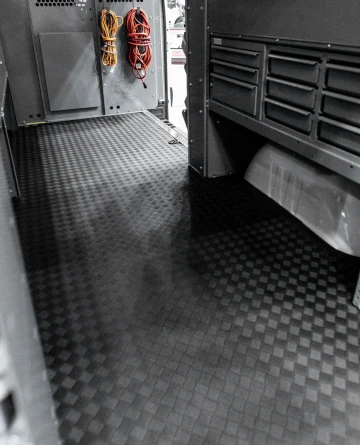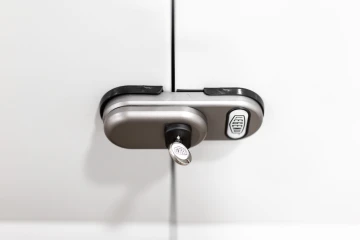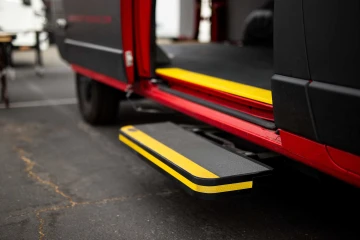14 Nov 24
Face Off: Transit Factory (OEM) Liners vs. Legend Wall Liners
You’ve just purchased a new van from Ford and you’re excited to get wheels on the road and start visiting your customers. The vehicle looks great. You look inside the cargo area and see shiny black wall liners from the factory and think, ‘I don’t need an upfit. My van already has liners!’
Those jet black or stark white factory wall liners are OEM add-ons that the factory installs to cover the bare metal ribbing of the walls. The liners are economical as they can save you money and can do the job of protecting your van interior. Issues may arise however if they become damaged or punctured.
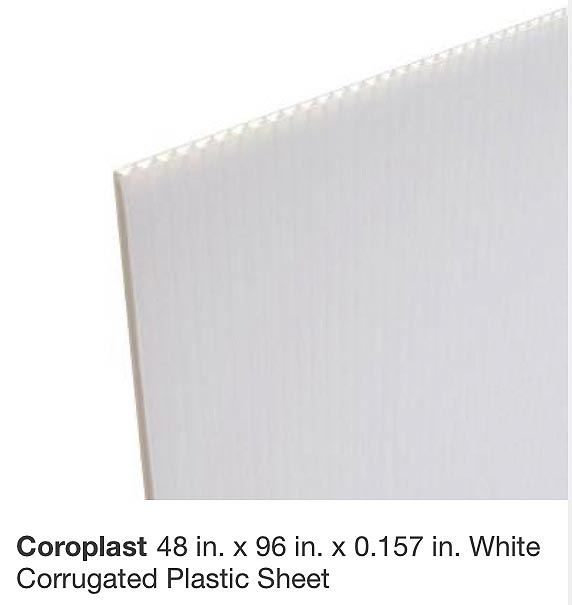
Made from thin coroplast, these liners are quite brittle and in any extreme temperature frequently crack and break. Careful care and handling are not something you can guarantee working on the road, and when it comes to how well the interior of your van must stand up to a daily pounding, there are no compromises.
But let’s talk about damage to OEM liners. Once you incur damage to your liner, you’re left with the task of physically ripping out those damaged liners yourself. Further, you must begin shopping for new wall liners and spend precious time finding and getting your van into an upfitter near you when you could be visiting customers and making money.
It may have been easier to get the right wall liners in there from the start.
In contrast to OEM factory liners, composite wall liners, such as those manufacturers who specialize in van linings have some advantages, not the least of which is the core difference; commitment to creating products that stand up to the daily battering you put your work van through every day.
But beyond a simple comparison, discovering a meaningful evaluation of your needs and how they are met may be helpful.
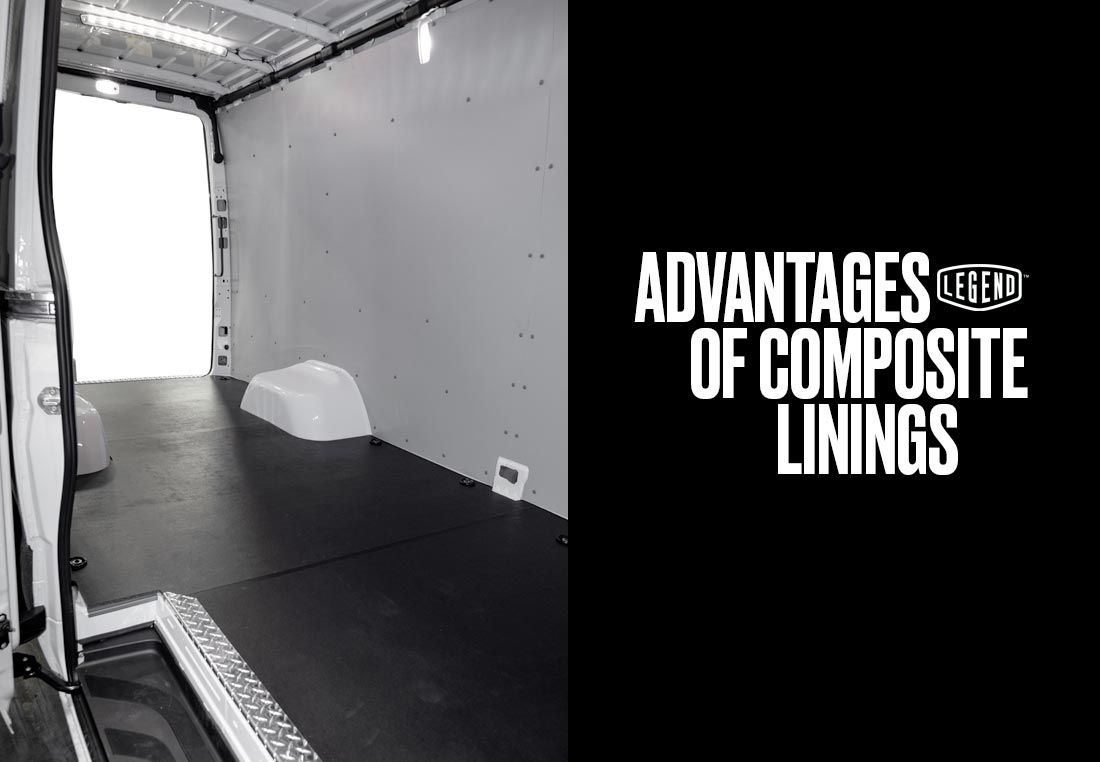
Your wall linings need to be strong and durable due to the loading of equipment in and out of the cargo area, as well as withstand the occasional impact of equipment on the walls themselves - especially if you have installed shelving units and you find equipment and tools being pushed back onto the shelves. Factory OEM linings make a good protection barrier between the bare metal walls and the interior and may stand up to limited wear & tear. As a result, you may be able to keep them in place for a short while.
What you need to be looking for are linings created from a hard composite made from recycled materials that resist hard-impact damage including liquid-resistance which assists in the cleaning of oil smudges.
Light weight
Weight is the next requirement you need to be looking for. This is because the one thing you want to avoid is less gas efficiency. This is especially important if you are driving an electric vehicle. Battery range affects your bottom line directly. Factory OEM wall linings meet the lightweight requirement.
.jpg)
Insulation
One of the key aspects of installing wall liners in your van should be the ability to control the climate – keeping the work area cool in the summer (or hot climates) and warm in the winter (or cold climates). This is especially critical if your van has no air conditioning. Factory OEM liners are single layer coroplast sheets without insulation. It means there will be no noticeable difference between the outside and inside temperatures with factory linings. Composite wall linings come in both insulated and non-insulated variations, each with its own insulation measurement and effectiveness evaluation.
Sustainability
This one comes up a lot. Especially in the last few years when environmental concerns became the focus of many independent contractors and fleet owners. From your customer’s point of view, sustainable and recyclable products – whether yours is an electric vehicle or simply that your business uses recyclable products, your reduced carbon footprint gets noticed and your business becomes more valuable to your customers, and they see you as someone they want to deal with over the other guy. Sustainability, at its most basic, gives you an edge over your competition in an easy, effortless way. Ford Transit factory liners are always made from standard plastics that do more harm to the environment than good. Legend Fleet Solutions linings, for example, are made from 75% recycled raw materials and are fully sustainable.
Reliable brands
Lastly, when shopping you always tend to go for the recognizable brands. That’s not by accident. As consumers, we’ve been shown that one brand over another can be the difference between quality and disaster. Add expert service, reliability to the brand mix and you have a good reason to go with the recognized brand. It’s no different when we’re shopping for our own business. Ford Transit factory liners are not manufactured as a stand-alone product, they are part of a van package, in other words, an afterthought. This is the main reason the components of your upfit need to be carefully curated to come from established, reliable brands who specialize in the item you are shopping for, in this case, van wall liners.
We hope you have received some value with this comparison and have enough insight to make your next upfit your best yet. Learn more about Legend composite linings here.
Share Article





